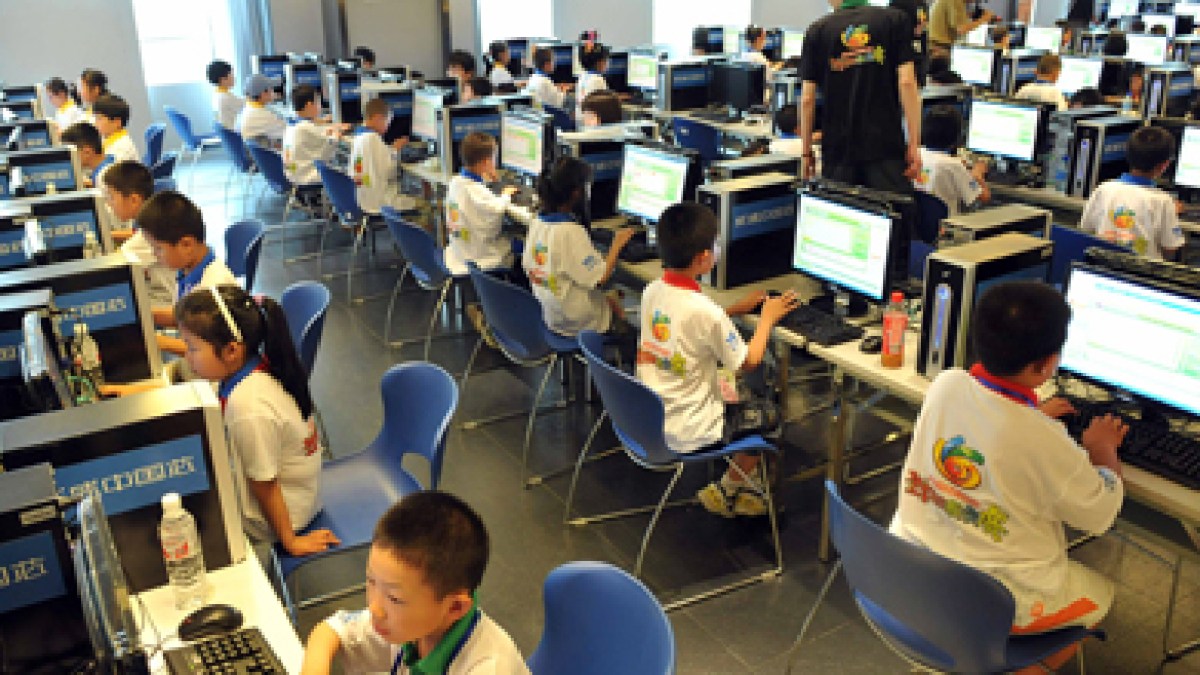China announced on Tuesday new measures to encourage families to have more children, with the country's birth rate at an all-time low, while the population is expected to shrink by 2025.
The country with the world's largest population is facing a demographic crisis with an aging workforce, a sluggish economy and population growth at its lowest level in decades.
Although the authorities ended the one-child policy in 2016 and then allowed each couple to have up to three children last year, the birth rate has continued to decline over the past five years.
On Tuesday, the Ministry of Health called on the central and local governments to increase spending on reproductive health and improve childcare services.
The ministry said local authorities should "establish effective measures to support fertility" by providing benefits, tax cuts and improved health insurance, as well as aid in the areas of education, housing and employment for families, and provinces should ensure that they have an adequate number of nurseries by the end of the year. For children between the ages of two and three years.
China's birth rate fell last year to 7.52 births per 1,000 people, the lowest level since the country began keeping records in 1949 when communist China was established, according to the National Bureau of Statistics.
This is mainly due to the high cost of living and the shift towards fewer families.
In early August, health authorities warned that China's population would decline by 2025.

